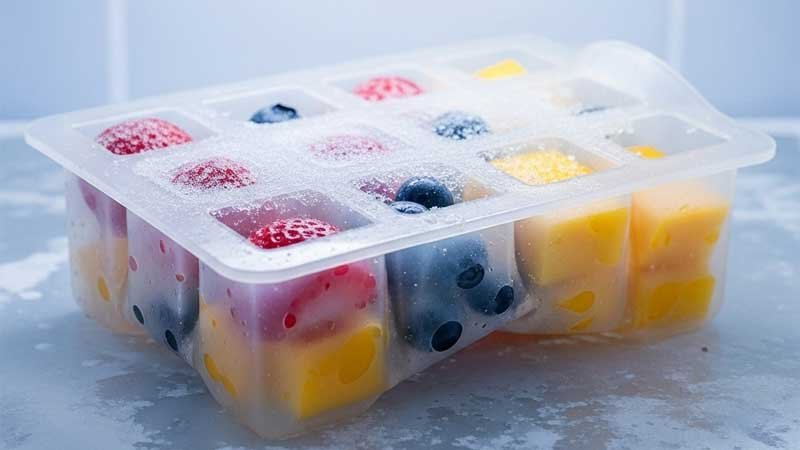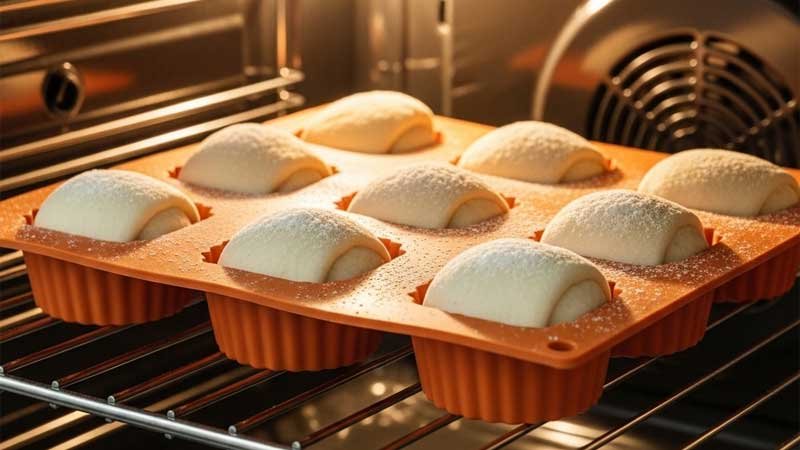When choosing and using silicone products, many people wonder how they behave in extreme heat or cold. From kitchen bakeware to automotive seals, silicone’s temperature resistance affects safety, durability, and performance. Its unique molecular structure allows stable performance across very low and high temperatures, making it difficult for many other materials to match. This guide explains silicone’s behavior, characteristics, applications, and limitations across different temperature ranges.
How Does Silicone Perform in Low Temperatures?
Most rubber materials harden or lose flexibility in cold, but silicone stays soft and elastic thanks to its low glass transition temperature (-60°C to -100°C). This makes it ideal for frozen or icy environments.
Applications:
- Aerospace seals that remain reliable at -70°C
- Frozen food molds that resist cracking
- Winter sports equipment components, ensuring comfort and safety
Limitations: Prolonged exposure to extreme cold can slightly reduce tensile strength and may cause surface hardening.

How Does Silicone Perform at Room Temperature?
At room temperature, silicone maintains stable mechanical properties. Air humidity and daily use do not cause significant aging or hardening, making it ideal for everyday products.
Typical applications:
- Kitchenware: bakeware, utensils, pacifiers
- Medical devices: catheters, seals
- Consumer electronics: keyboard covers, phone cases
This stability is why silicone is known as safe, durable, and easy to clean.

How Does Silicone Perform in Medium Temperatures (100°C–200°C)?
Silicone remains stable at 100°C–200°C due to the strength of the Si–O bonds. It can withstand high-temperature steam, baking, or automotive engine conditions while performing sealing and insulation functions.
Applications:
- Engine components: seals, hoses, cable sleeves
- Kitchen tools: high-temperature trays, steamers
- Medical sterilization: 121°C autoclaving
Note: Long-term exposure may cause compression set. High-temperature formulations or design adjustments can reduce this risk.
How Does Silicone Perform in High Temperatures (200°C–300°C)?
Above 200°C, silicone elasticity and strength gradually decline. Surfaces may become sticky or yellow.
Engineering solutions:
- Use high-temperature silicone formulations (e.g., peroxide-cured systems)
- Add heat stabilizers to slow aging
Applications:
- High-temperature bakeware
- Industrial seals and electrical insulation
- Long-term heat-exposed industrial hoses

How Does Silicone Perform at Extreme Temperatures (Above 300°C)?
Over 300°C, silicone degrades. The Si–O backbone begins breaking, releasing small molecules, and may smoke, smell, or powder.
Safety concerns:
- Releases low-molecular residues, unsafe for food or medical use
- Loses elasticity, compromising sealing or support
In such cases, fluorosilicone or other high-performance elastomers are recommended.
How Does Temperature Cycling Affect Silicone?
Beyond simple hot or cold conditions, temperature cycling is also common in real applications. Silicone performs very well in this regard. It can move quickly between freezing and heating without cracking from thermal expansion and contraction. For example, a silicone mold taken from the freezer can go straight into the oven and still remain flexible and intact.
That said, frequent cycles can introduce risks. When the cycling is too intense, silicone may develop microcracks, especially if it is under load or compression. In most cases, this challenge can be addressed by using formulations with higher fatigue resistance.

How Does Silicone Compare to Other Materials?
暂时无法在飞书文档外展示此内容
Conclusion
Silicone’s excellent temperature resistance makes it widely used in food, medical, automotive, electronics, and aerospace fields. From -60°C to 200°C, it maintains stable physical properties. At extreme high temperatures, degradation can occur, but careful formulation and material choice can extend its usable range.
If you need to develop or customize silicone products, our company offers professional design and production solutions to ensure your products remain stable and reliable under any temperature conditions.